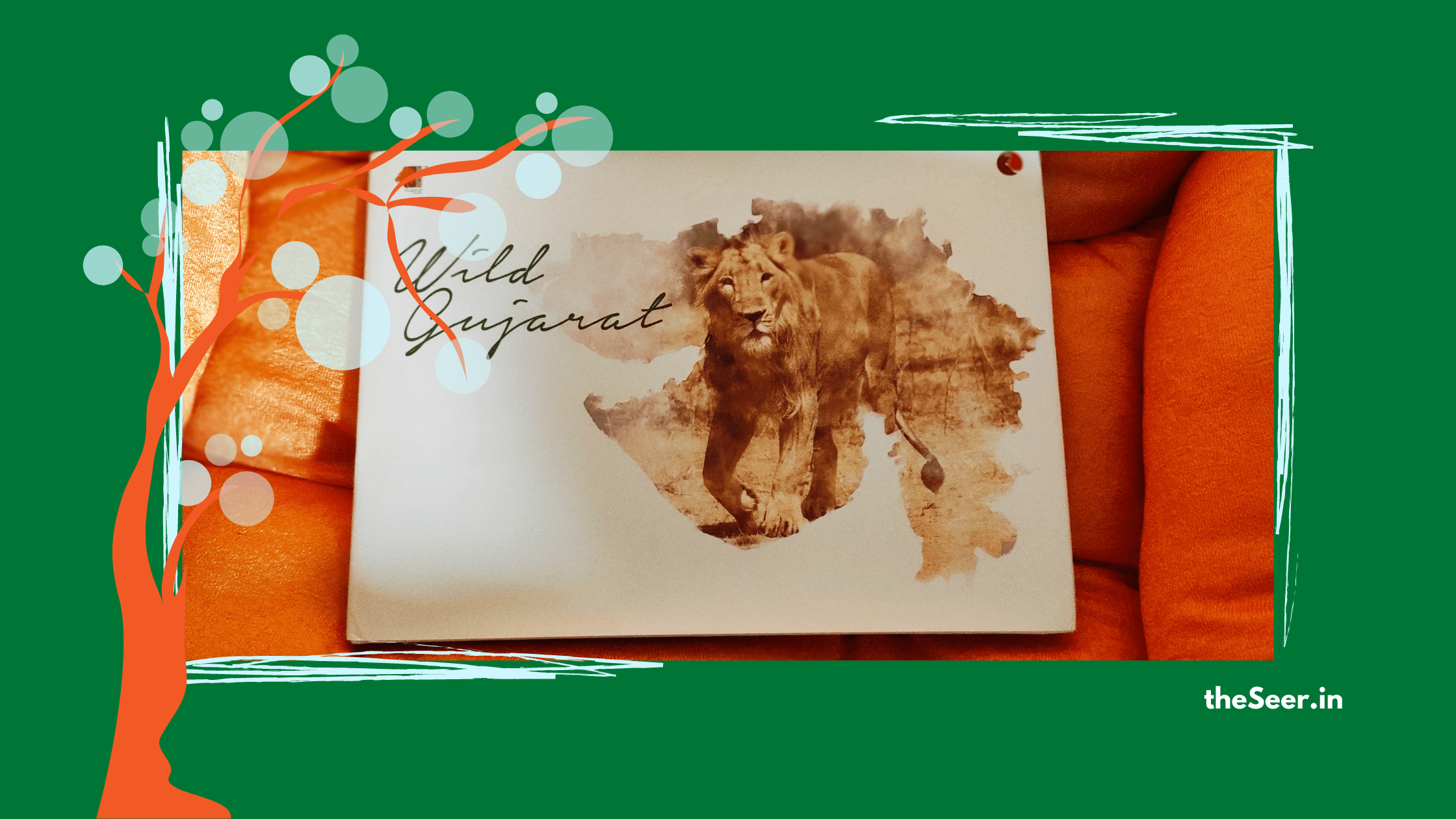Co-created by Biswajit Roy Chowdhury and Shiladitya Chaudhury, supported by Gujarat Tourism, and published by Rupa Publications, Wild Gujarat takes you on a jungle safari through the rich biodiversity of Gujarat. The book covers the Gir National Park, Blackbuck National Park, Little Rann of Kutch, Nalsarovar Bird Sanctuary, Marine National Park, Khijadiya Bird Sanctuary, and finally the Jessore Sloth Bear Sanctuary. There is special focus on the Gir and quite deservingly, lions get the lion’s share of the book.
The book has been composed in the coffee table style and boasts of breathtaking pictures of the wildlife of Gujarat. The pages and prints are lavishly done and the brief notes that go with these pictures provide ample context without losing focus of the subjects. While it is a must have collection for the wildlife enthusiasts, for people new to the study of wildlife, it introduces several new species not commonly known or spoken about.

An important aspect of the book is how the authors have provided the details of how several of these species have been endangered for a long time, how their population came to paltry figures due to poaching and game shooting, and how a preservation and protection movement was effected over time. When we get to read that the number of Asiatic lions grew up to 674 last year from 287 in 1936, a realization that while a region’s biodiversity can be destroyed in no time due to our callousness, the recovery can take up to several centuries, hits us.
While the book begins with Gir, it does not limit itself to Gir and takes us to several other hotspots of biodiversity in the state. The visages of the majestic Gir Lion, richly produced images of the leopards and endangered blackbucks, strikingly captured pictures of the innumerable birds, both native and migratory, the vast stretches of forests and wetlands, the expansive salt wasteland of Rann of Kutch are put in front of the readers as an open invitation to pack their bags and explore all the biodiversity Gujarat has to offer. I am about to do just that.




